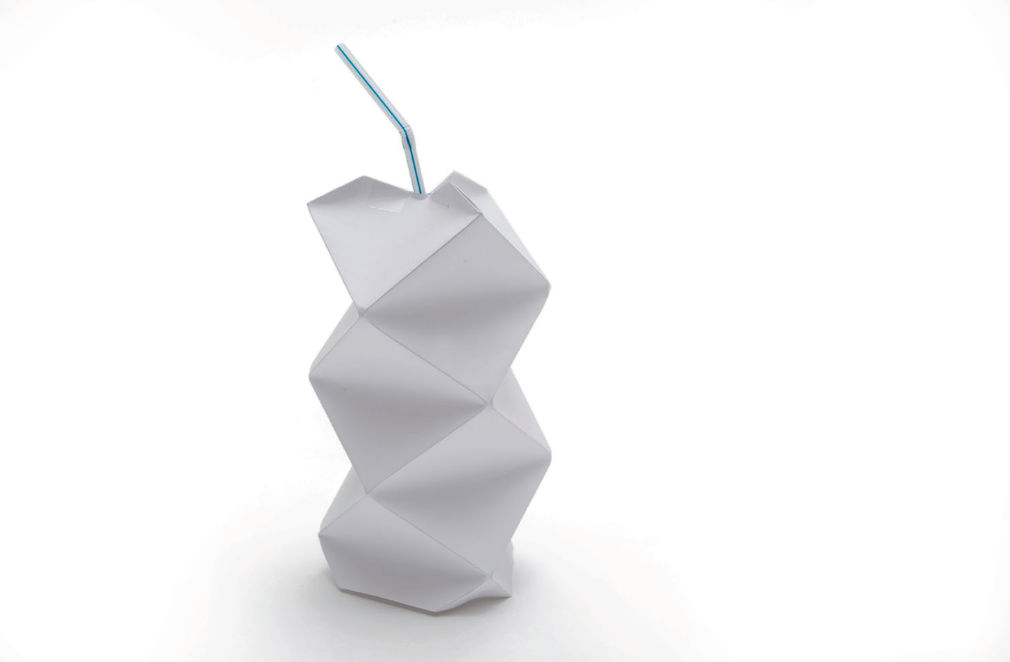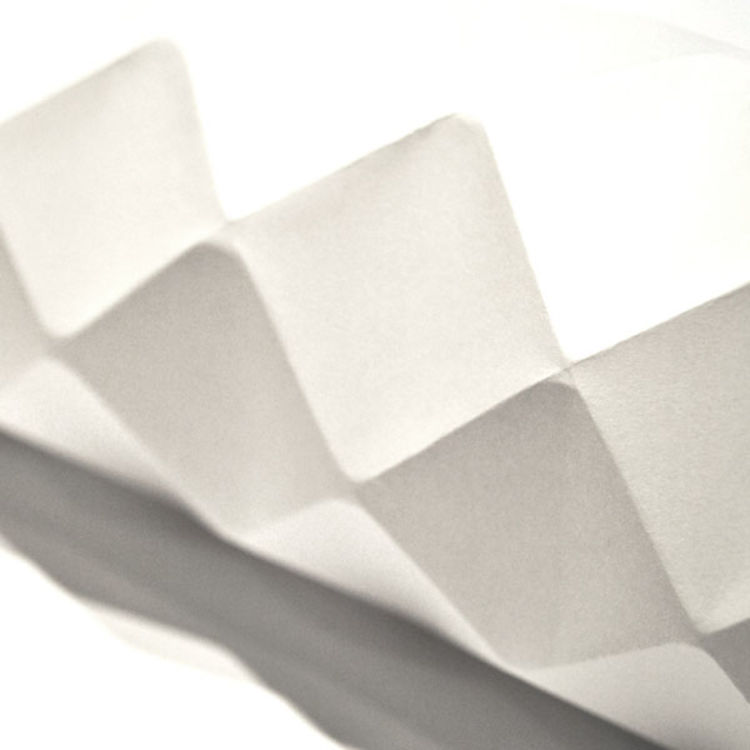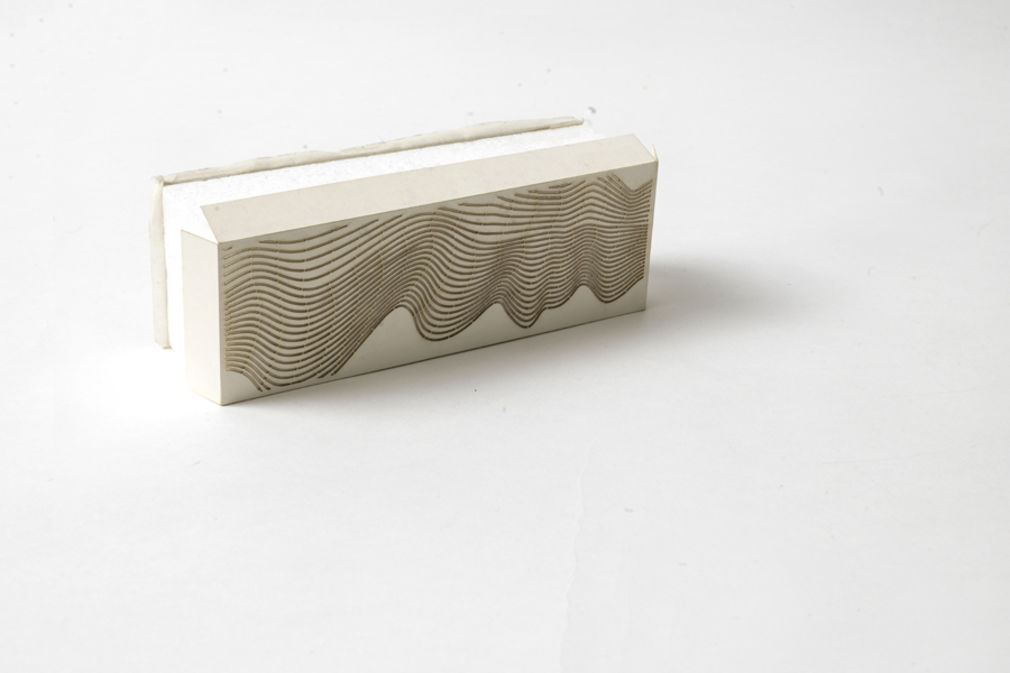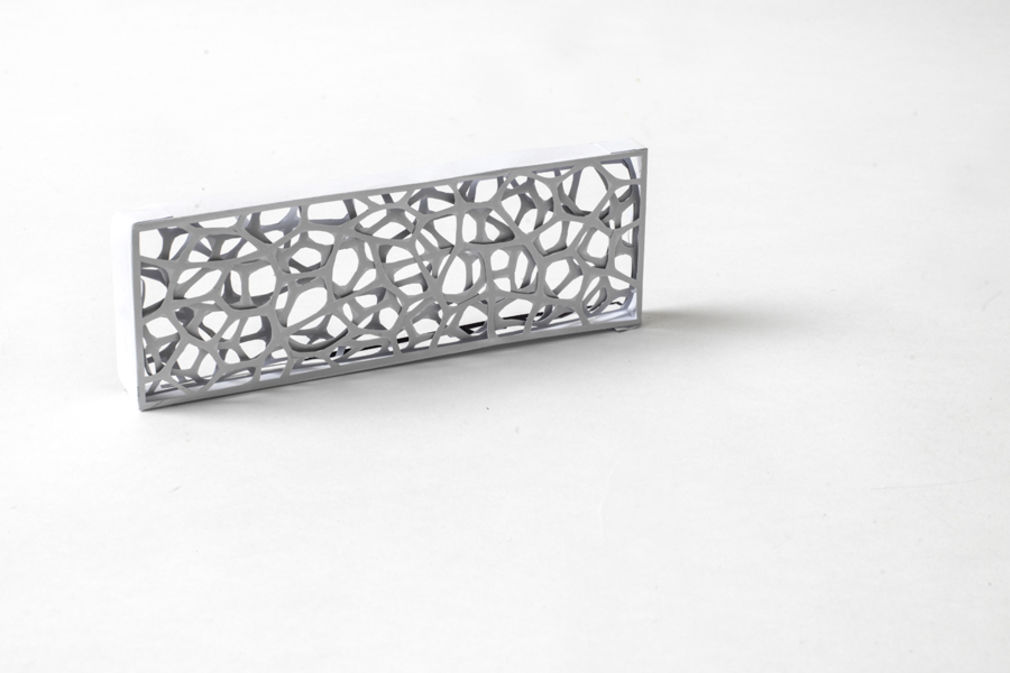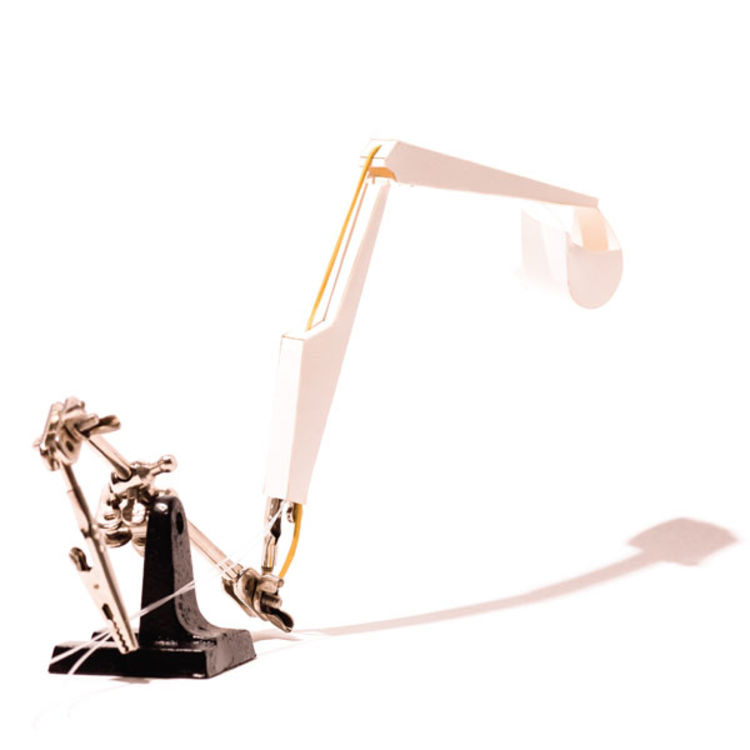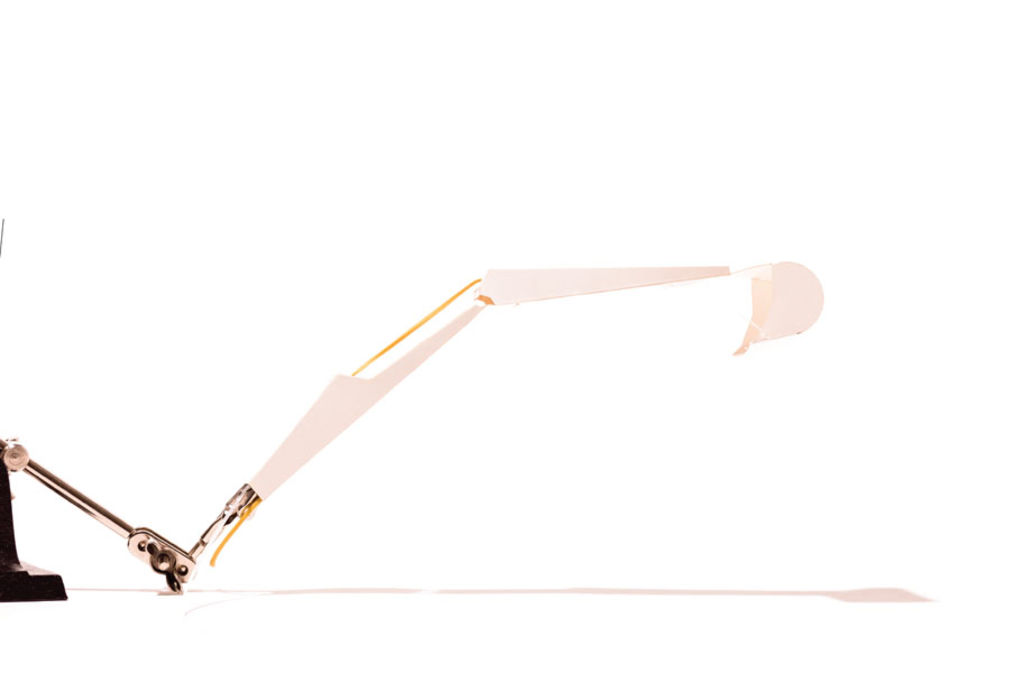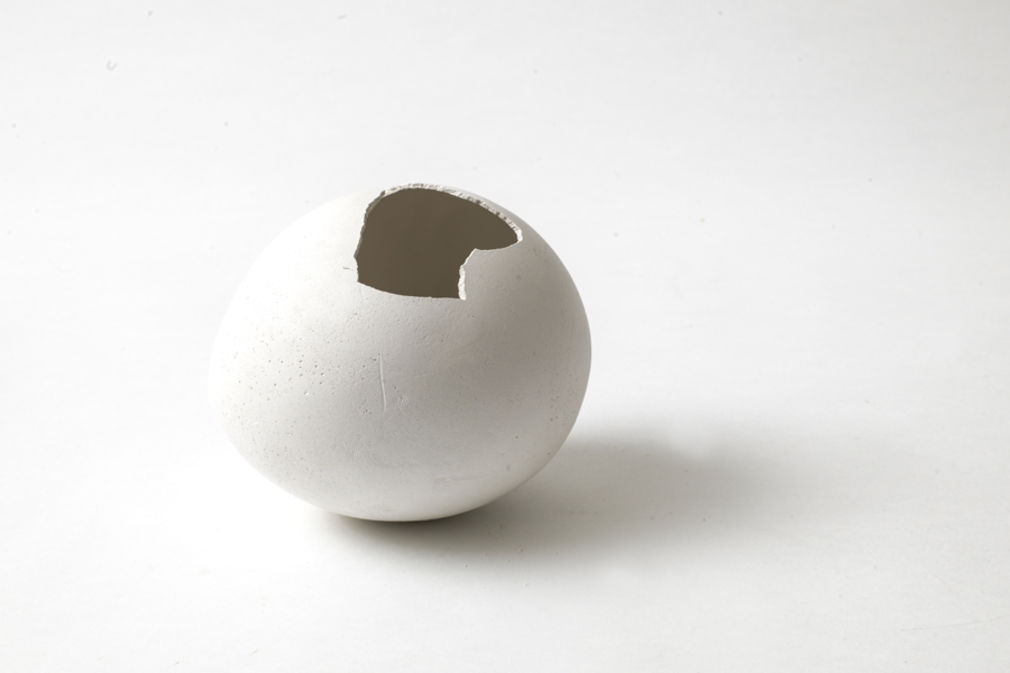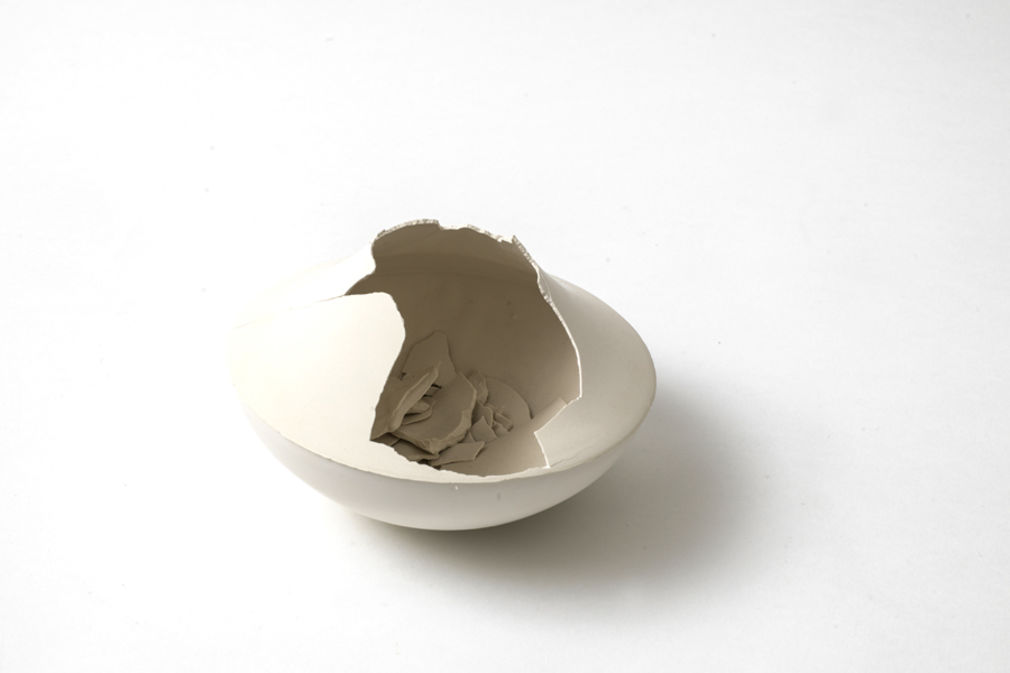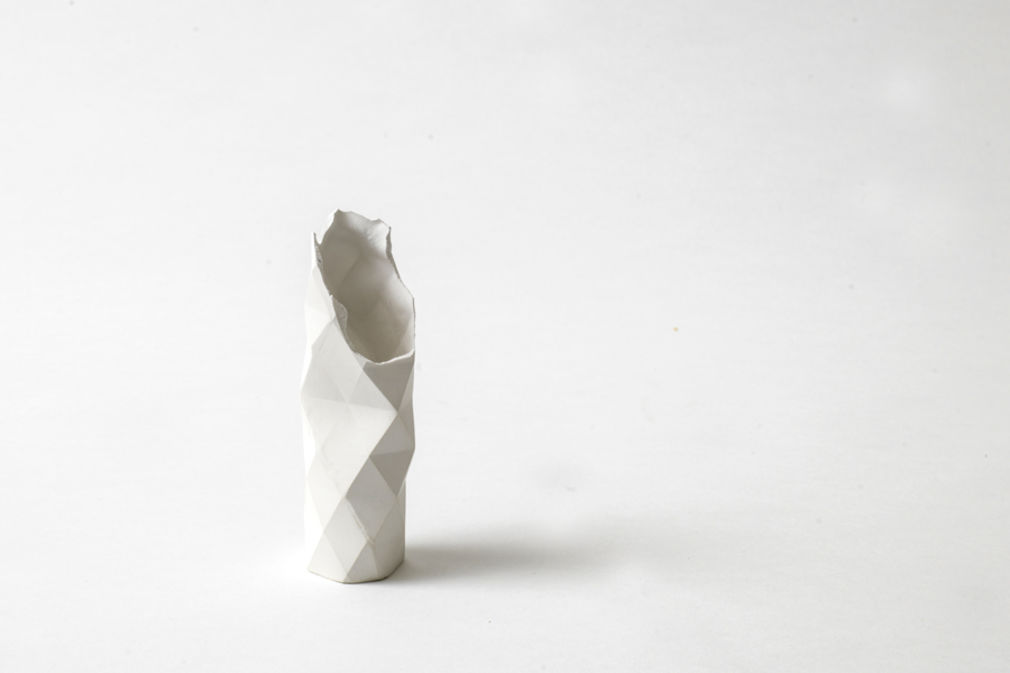Model Design and Making
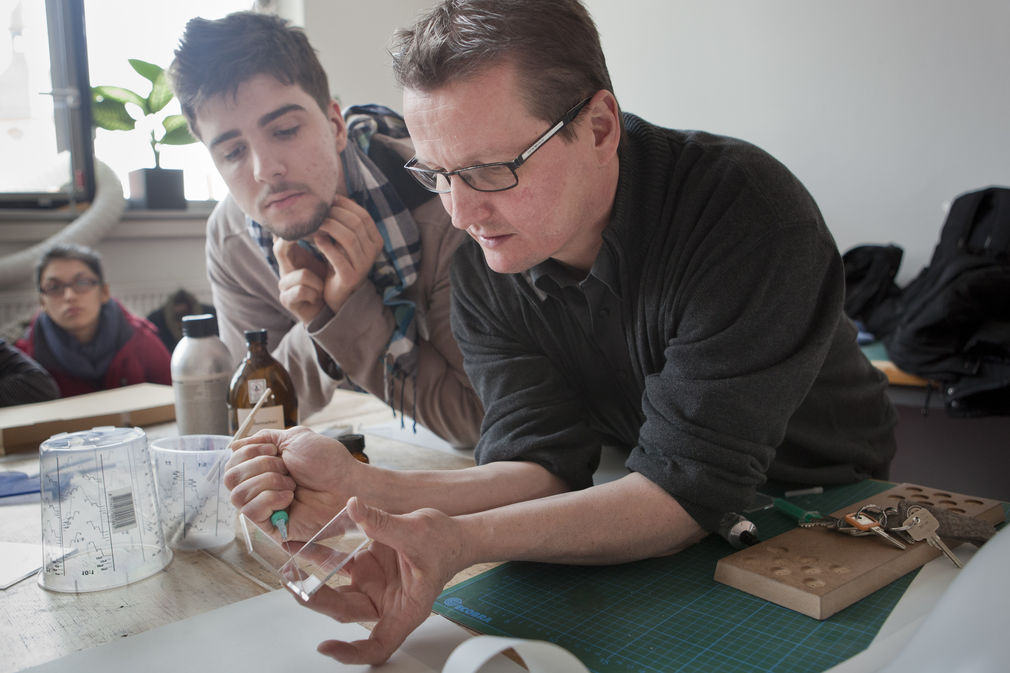
-
Dipl.-Des. Andreas Klober
Function
Teacher for Special Tasks
T +49 (0)69.800 59-169
Main building, room 211 c
Models and three-dimensional sketches are central means of communication in product design. Along with mastering basic manual skills and techniques for independently constructing models, form-based exercises and transformations as well as experiments with different materials are part of the first-year curriculum. Dismantling and analyzing existing products, making 3D models out of paper/board or wire sketches, improvising and reconstructing production processes – such as, for example, rotational molding – are part of the course content. On the one hand, students learn which means and methods of model design and making meet the requirements of the respective point in the process and purpose. On the other, it is the unrestricted experimental approach to material and form that creates fundamental knowledge for the subsequent tasks. Experiences gained in the handling and fashioning of different materials shape an understanding of them. Becoming acquainted with the processed materials, their haptic and visual qualities, stability, form and variability leads to an awareness of the material, which creates confidence in the choice of suitable or unsuitable materials and combinations of materials in subsequent design processes. In the process of product development this is extremely significant as physical aspects, which almost always play an important role, need to be monitored. Haptic perception of pressure, heat, roughness, pain and various ergonomic requirements are relevant here.
Basic course, 1st and 2nd semester
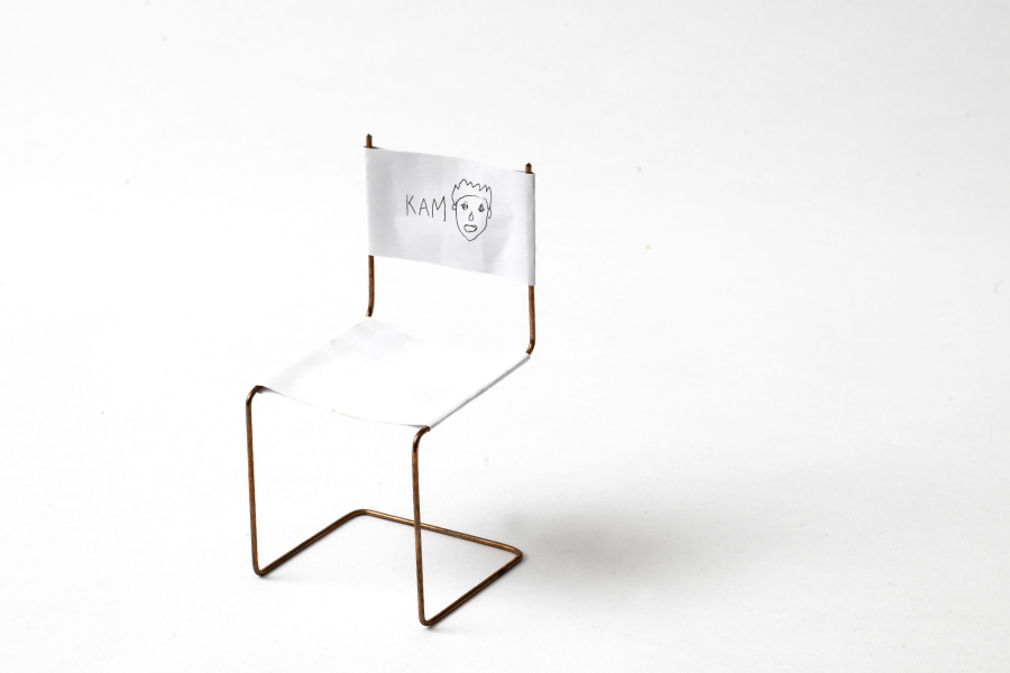
Wireframe model
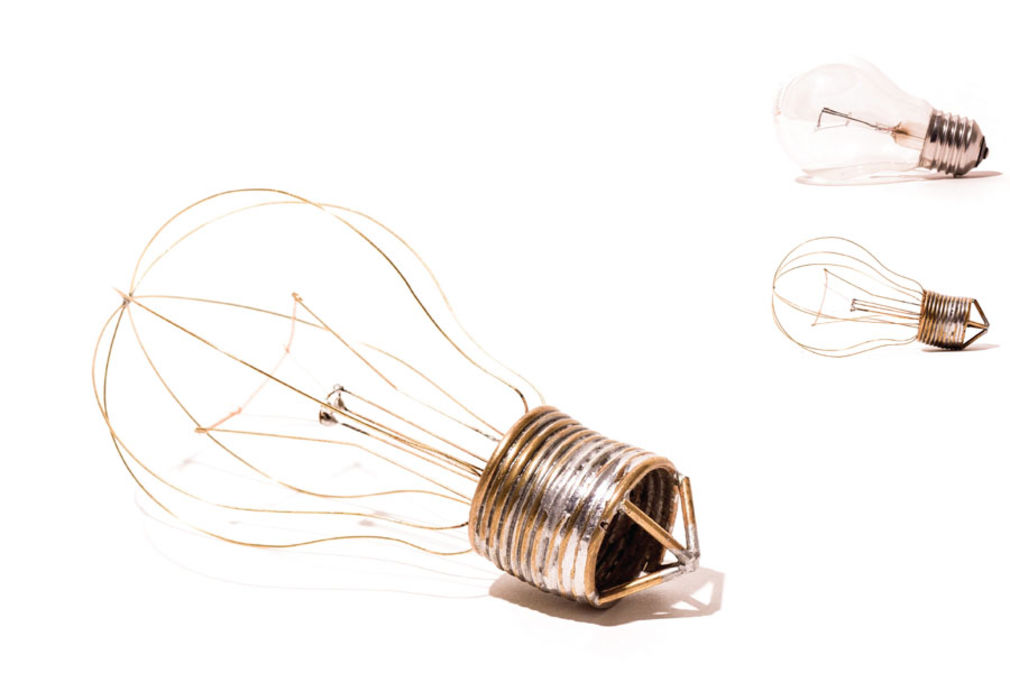
Wireframe model

Paper model
